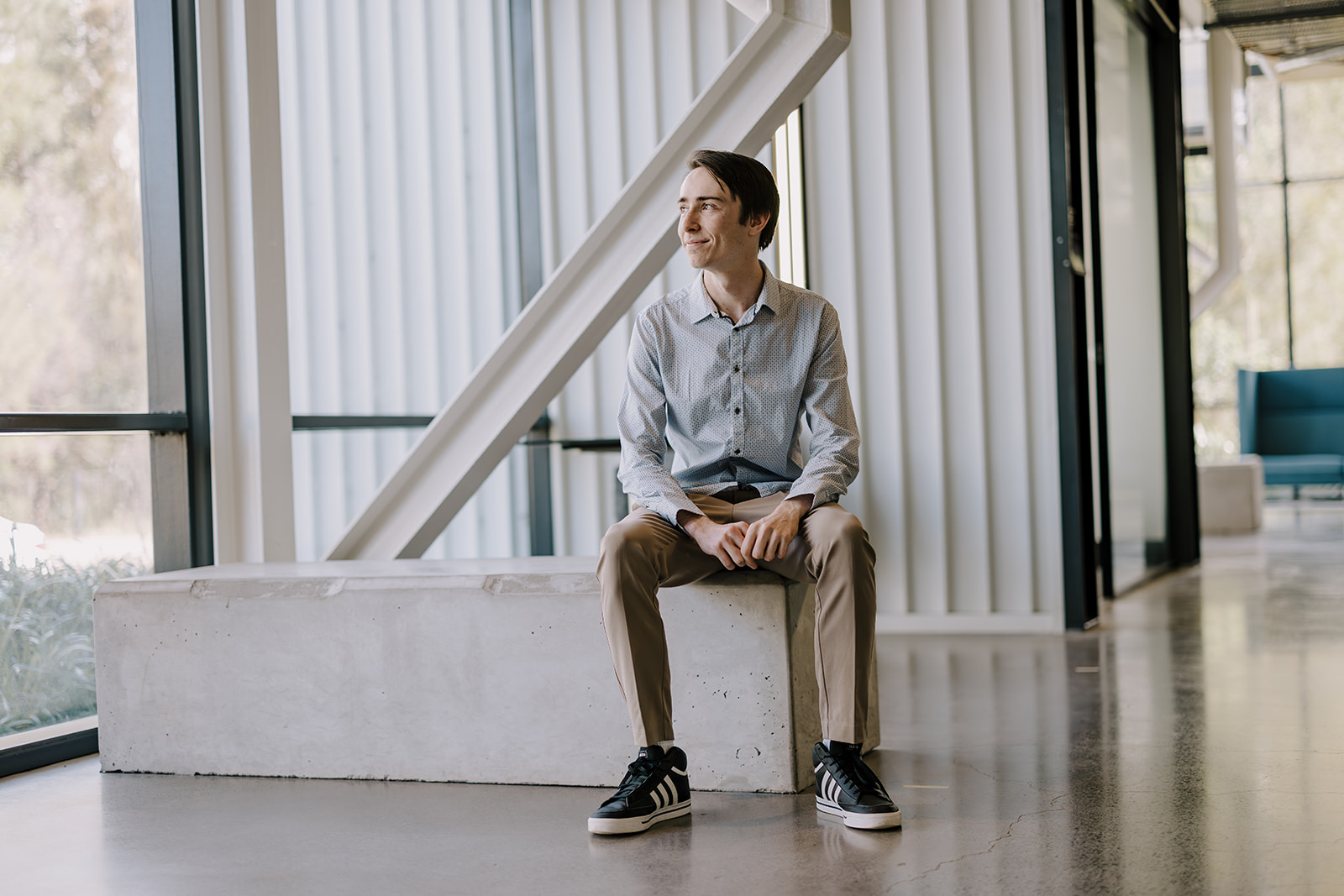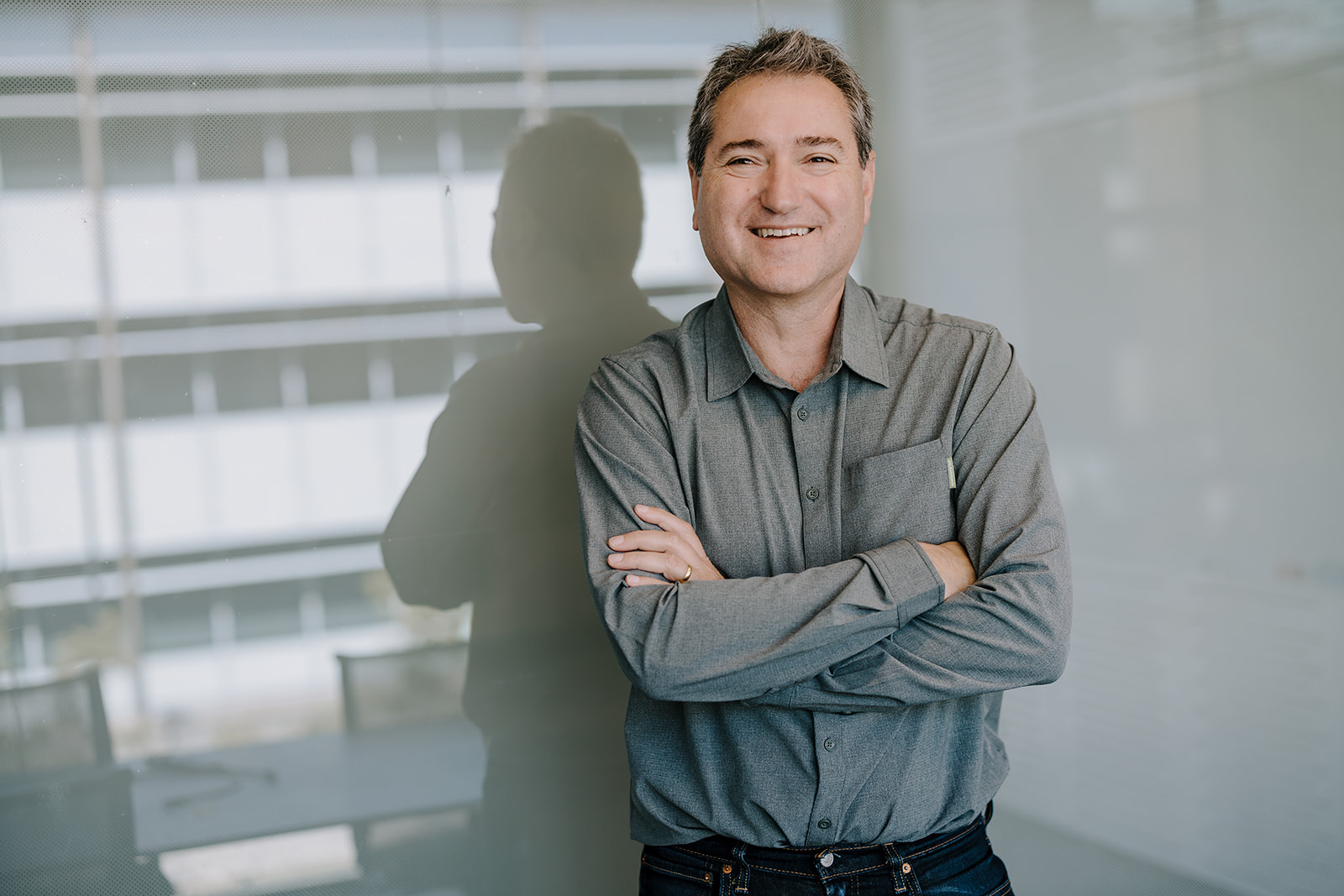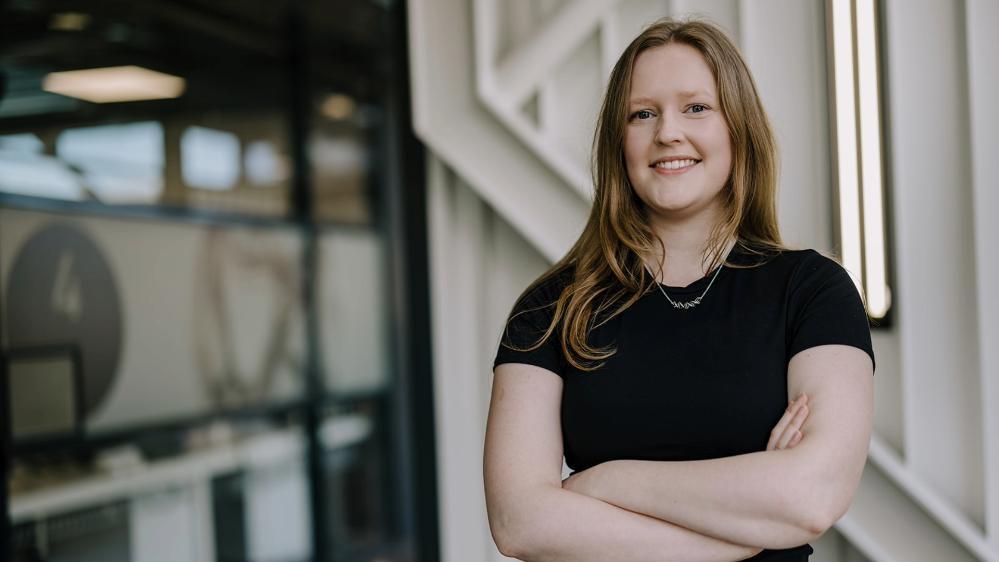UOW students exploring the next frontier
Meet the PhD students working towards nuclear innovation
July 9, 2023
Like a lot of young people, Jay Archer was fascinated with astronauts and space. However, for Archer it wasn’t just a dream - the UOW graduate made it a reality.
Archer is now studying the effects of space radiation which will be essential for future space travel, to understand the impacts it has on the human DNA.
And thanks to a postgraduate research scholarship he was awarded from the Australian Institute of Nuclear Science and Engineering (AINSE), he is able to put his models into practice at the Australian Nuclear Science and Technology Orgainsation’s (ANSTO) facilities in Lucas Heights.
“My work is mainly on space radiation. In the future we want to send astronauts to the moon and Mars and we need to understand the impacts of radiation on the human body,” he said. “More specifically what it does on a DNA level.
“I’m also working on the development of detectors for space radiation. It is different to the radiation we have on Earth. Here we have a magnetic field as well as an atmosphere which protects us from radiation, but in space there are high energy protons and ions making it more dangerous.
“You are also more exposed to solar events in space as it is a vacuum and particles can travel from far away and not be attenuated. There is also isotopic background radiation from beyond the sun.
“Hopefully, my research will give us a new way to evaluate the safety of radiation in space and different shielding techniques and this work can be applied to radiotherapies as well which are important for health outcomes.”
Archer said when it came time to consider tertiary education, he decided to undertake a physics degree at the University of Wollongong (UOW) where he completed a Bachelor of Science Advanced (Honours) (Physics).
“I was curious about how everything worked, especially quantum physics,” he said.
“During my undergraduate studies, I became involved in research projects that involved the simulation of physics and it led me to where I am.”
He applied for the AINSE research scholarship this year to help support his PhD.
The scholarship not only gives him financial support but gives him access to the world-class research facilities and laboratories at ANSTO and the ability to liaise and be mentored by internationally renowned experts in the field.

Archer is just one of many UOW students who have been awarded scholarships through AINSE to further their research into this exciting and emerging sphere of science.
Dr Paul Di Pietro, a former managing director of AINSE and now UOW AINSE councillor, said UOW has a reputation for producing some of the country’s top nuclear scientists which is borne out in the number of students who are successful in receiving scholarships from the organisation.
The University’s reputation as a ‘nursery’ of the country’s top nuclear scientists is also enviable, he said.
“AINSE has been running for about the same time as ANSTO,” Dr Di Pietro said.
“As there is only one nuclear reactor at Lucas Heights, the university sector set up AINSE to ensure all universities have equity of access to the facility.
“UOW has great researchers and lecturers in Professor Anatoly Rozenfeld, Professor of Medical Physics and Founder and Director of Centre for Medical Radiation Physics and Professor Michael Lerch, Head of the School of Physics, and their students are very successful in getting access to the facilities and scholarships.”

Dr Di Pietro said the experience UOW students receive both from the University and its association with AINSE and ANTSO is invaluable and many end up working for the pre-eminent nuclear medicine and research organisation, or get picked up by UOW and other universities,” he said. “Our graduates are snapped up by ANSTO and they are punching above their weight.”
“At UOW we have significant research outputs, and our staff and early career researchers apply for competitive grants on the basis of that”.
“Our association with AINSE and ANSTO is about education and building that capability but also about the research that it brings.
Another of those students is Sherryn MacLeod, a recipient of the AINSE Residential Student Scholarship –which offers researchers a travel and accommodation allowance to support their work at the ANSTO facilities.
MacLeod started her PhD this year at UOW after completing a degree in Biomedical Physics at the University of Technology Sydney (UTS).
“I made the decision to complete my PhD at UOW so I could pursue medical physics, a field in which UOW has many experts in the field I can work with to help complete my PhD,” she said.
“I’ve always loved physics. But applying it to the medical field allows me to help people in a more direct way, something I’ve always hoped any research I’m involved in would be able to achieve.
MacLeod said the AINSE scholarship provides her more financial freedom in her research and helps her create a network with other researchers around the world.
“For my PhD I am based primarily at the ANSTO Lucas Heights campus.” she said.
“As well as a top-up for financial support , the AINSE scholarship provides travel funding for conferences and experimental work. Later this year, I will be attending a conference in Japan which the scholarship will help support. Funding is also available to help purchase lab consumables for my research.”
Her PhD – The design and development of an accelerator-based broad spectrum neutron source – hopes to develop an extension to the ANTARES tandem accelerator at ANSTO that can produce neutrons. This will help to support future cancer therapy research as well as other applications in various fields.

“This development will help support efforts towards the implementation of Boron Neutron Capture Therapy, a cancer therapy that has been implemented in countries like Japan and Finland but not yet in Australia” MacLeod said.
“As well as helping to facilitate research this development can be used for neutron imaging – a technique that is like x-ray imaging but using neutrons instead.
“UOW is also looking at the impact of space radiation. This beamline can also be used for these applications.”
The majority of MacLeod’s work is concerned with simulation modelling of the ANTARES beamline and neutron production target. In the past six months she has been coding a model of an extension to the beam line that produces neutrons and is planning on obtaining experimental data to validate that model.
“Once the model is in line with the validation, we can work on designing a beam shaping assembly to moderate the output neutron energy” she said.
Dr Di Pietro said the education and training UOW students receive is also vitally important to Australia’s future nuclear-powered defence capabilities, especially with the signing of the AUKUS deal earlier this year.
“It is vitally important we develop a workforce with the education, skills and expertise to safely and competently build, operate and maintain nuclear-powered submarines,” he said.
“We are at times coy about promoting our capabilities, but I think you will see the number of people that will be interested in the University’s nuclear science and technology programs is about to increase.
“It’s not necessarily about changing what we have been successfully doing for a very long time but doing more to build a future nuclear workforce. We already excel in educating and training students in areas such as radiation protection, nuclear techniques and environmental monitoring. Such knowledge and skills will be directly applicable to Australia’s future ambitions, and UOW graduates will feature prominently in delivering that capability”.